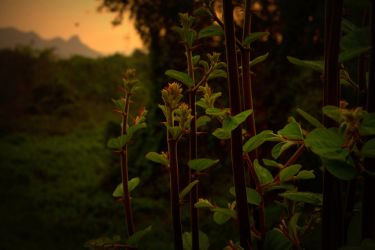
Sciences & Technology
How plants tell time
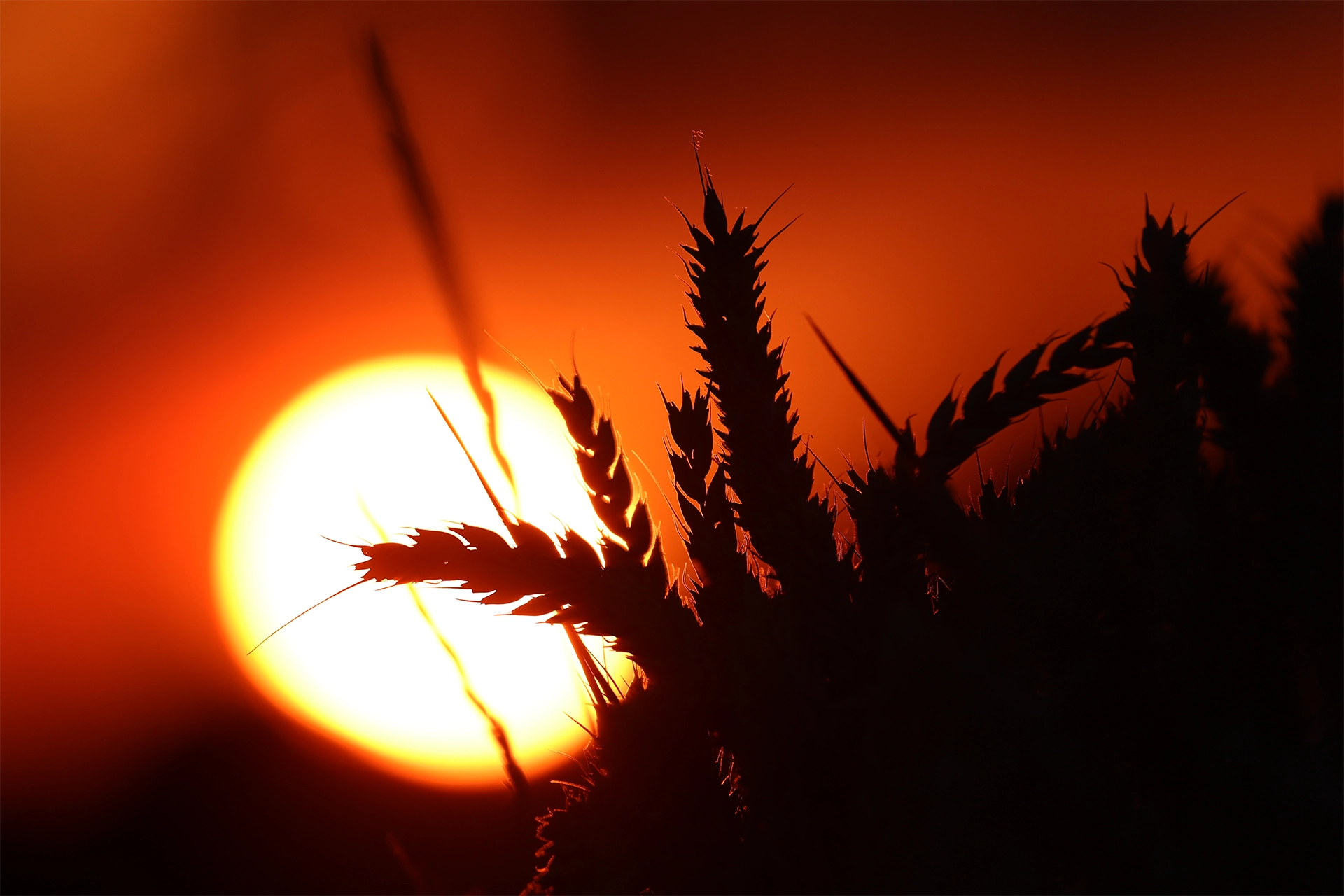
A better understanding of circadian rhythms in crop plants can help improve agricultural production
Published 16 October 2025
Are you an early bird or a night owl?
The tendency to rise early or sleep late is determined by our circadian clock, which is a biological timekeeper that makes sure our bodies are adjusted to the time of day.
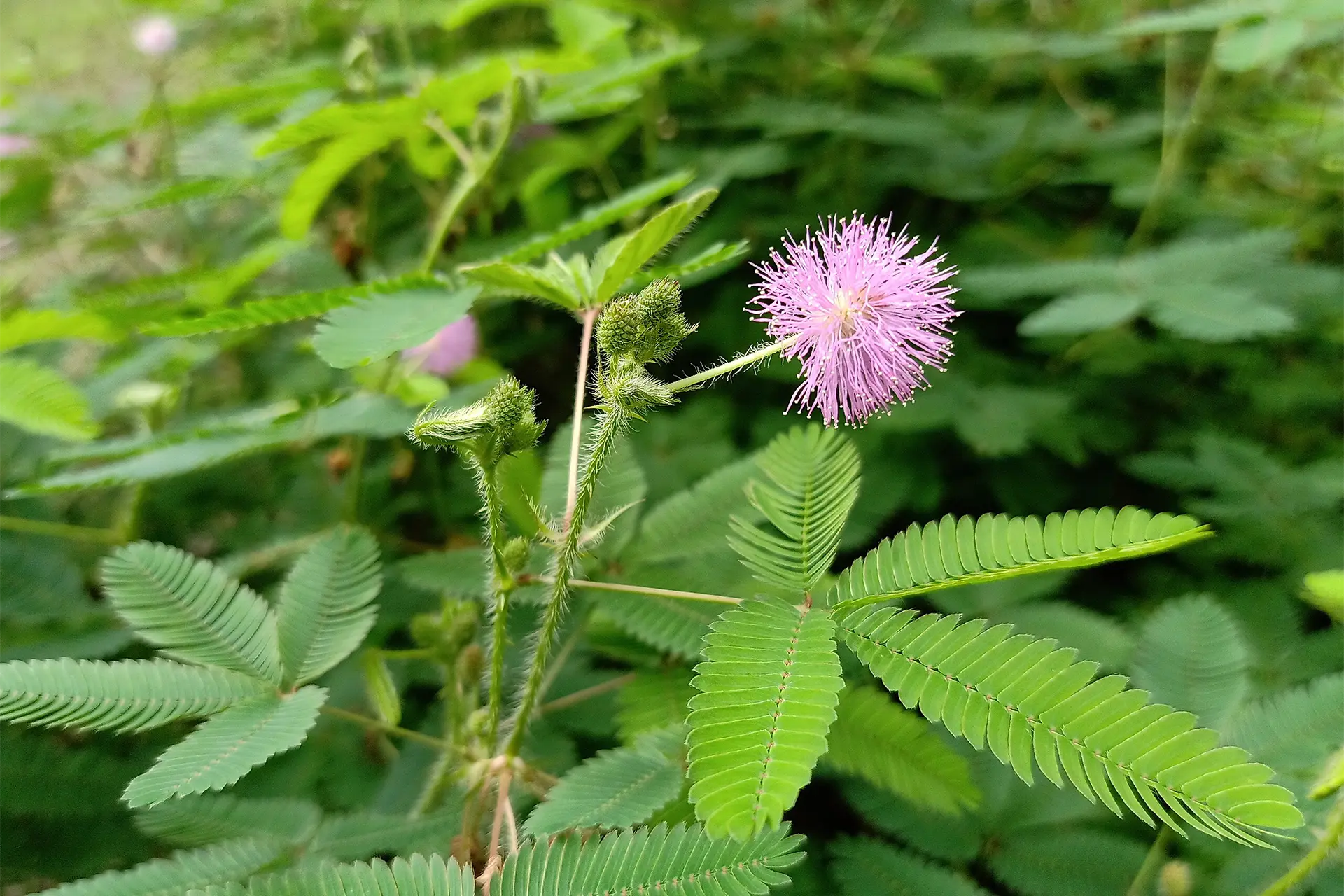
This also changes over our lifetimes, with teenagers wanting to sleep in and seniors enjoying early dinners. This is because our internal rhythm accelerates as we age.
When our circadian rhythm is out of sync, like after a long-haul flight or a night shift, we feel tired and altogether out of sorts. This is because our circadian clocks influence almost every aspect of our physiology.
An increasing awareness of the impact of our biological rhythms on health and disease is beginning to enter clinical practice as chronomedicine, which can guide decisions like the optimum timing of treatments or even the design of hospitals.
But it’s not only humans that have a circadian clock. Microbes, insects and plants also need to be able to tell the time so they can synchronise their internal biology with the environment.
Indeed, the first reported experiment demonstrating circadian rhythms was in a Mimosa plant by natural philosopher Jean-Jacques d’Ortous de Mairan in the 18th century.

Sciences & Technology
How plants tell time
Just as there is variation in human circadian rhythms, there is similar diversity in internal rhythms among plants. Because of this, some plants respond differently to others when there are changes in the environment.
For example, if you look out of your window in spring in Australia, you might notice buds bursting open earlier on some plants as the days start lengthening.
Or, at the same time in the northern hemisphere, you’ll see variation in the timing of leaves changing colour and falling in the shortening days of autumn.
And like humans, a properly functioning circadian clock is crucial to plant health.
So what does variation in circadian rhythms mean for our commercial crops?
Chronoculture, a portmanteau of ‘chrono’ (time) and agriculture, is an emerging concept that aims to exploit an understanding of biological rhythms in plants to improve agricultural production.
It could include optimising the timing of fertiliser or pesticide applications, 24-hour monitoring and automation, new breeding strategies, or simply choosing the right crop variety for the local or seasonal conditions.
We recently surveyed variation in circadian rhythms in Australian wheat varieties. Just like humans, we observed that circadian rhythms speed up as plants age, and found a substantial amount of variation.
We found evidence that the internal rhythms of some wheat plants might not be optimally suited to their growing environment.
Effectively, some wheat varieties might be experiencing chronic jet lag.
To test whether this might affect aspects of crop health and production, we measured the timing of leaf senescence. This is a natural ageing process of the plant where it takes nutrients out of its leaves and redistributes them into the developing grain.
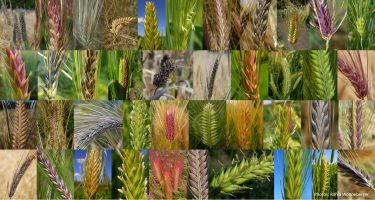
Sciences & Technology
New genomic toolkit set to boost Australian crop industry
Excitingly, we found a strong relationship between circadian rhythms, the timing of senescence and grain nutrient content. In other words, we can predict the rate of the plant life cycle by measuring its circadian rhythm.
This tells us that small changes to the internal timing mechanism of wheat plants can have consequences for grain quality. It also suggests that there will be negative consequences if the circadian rhythms of the varieties, or cultivars, are not well-suited to their growing environment.
The circadian clock of plants does not just control senescence and flowering – it is also involved in the regulation of the timing of many processes, like stress responses, photosynthesis and metabolism.
There are thus many potential applications of chronoculture, and this concept is becoming more pertinent as the climate changes.
Rising global temperatures in the future will make some of the world’s arable regions unsuitable for agriculture. Other regions will, in turn, become more suitable for growth, but their environmental characteristics might not be the same.
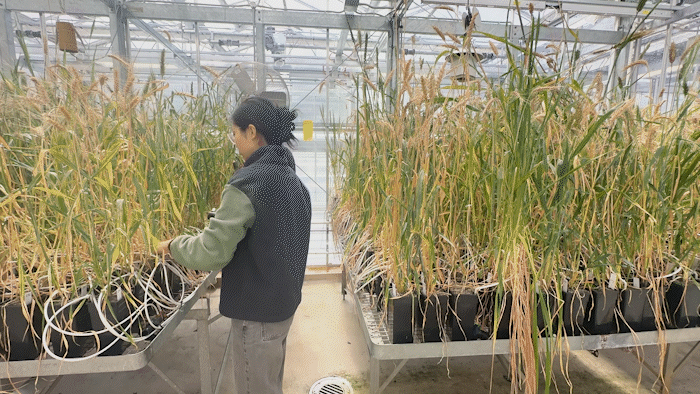
In Australia, the current range of agricultural suitability is predicted to move southwards to cooler climates. However, the daylengths of more southerly regions are shorter in the winter and longer in the summer, and as a result, current crop cultivars might be poorly adapted.
Increasing our knowledge of how the circadian clock functions in plants could help breeders produce cultivars more quickly that are better adapted for growth at different latitudes.
We are now surveying a larger set of wheat cultivars for circadian rhythms and agricultural traits to identify the most important genes underlying this variation.
From these diverse plants, we hope to find new sources of variation in the circadian clock that breeders could use to develop crops that can maintain their yield in the face of climate change.
By undertaking this research, we are not only building better scientific knowledge of the wheat plant, but we are also sowing the seeds for more resilient and productive crops in an uncertain climatic future.